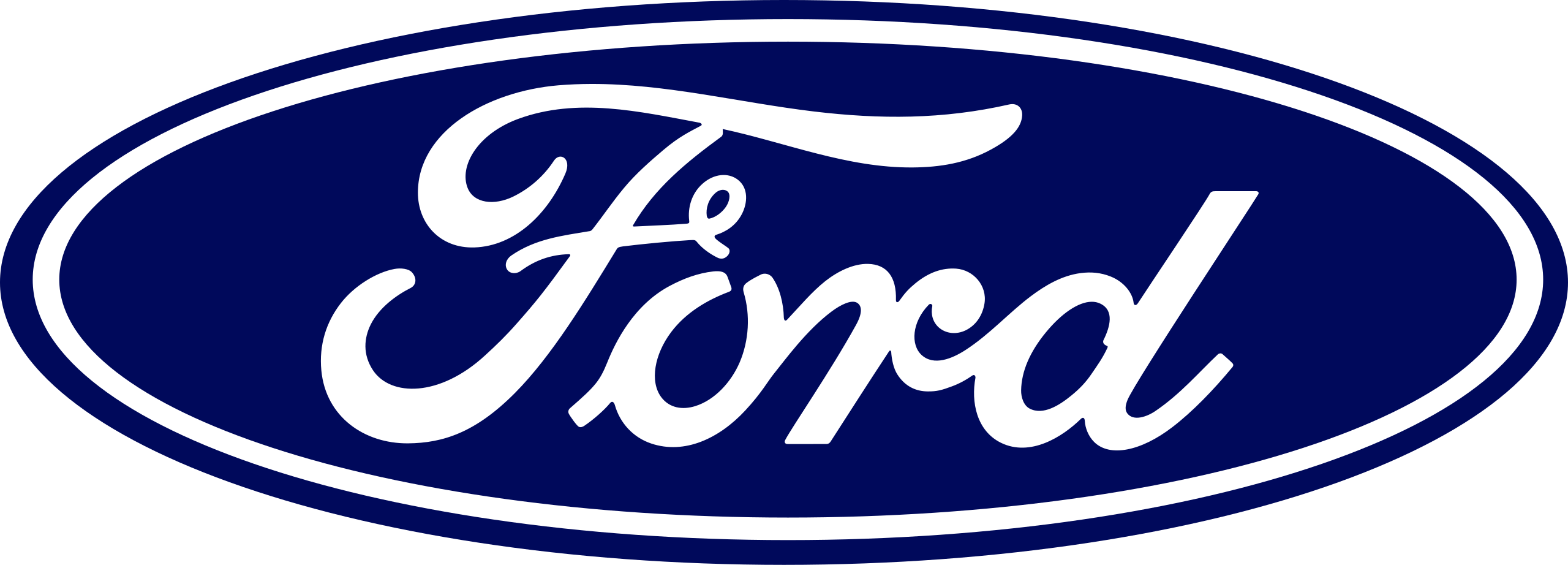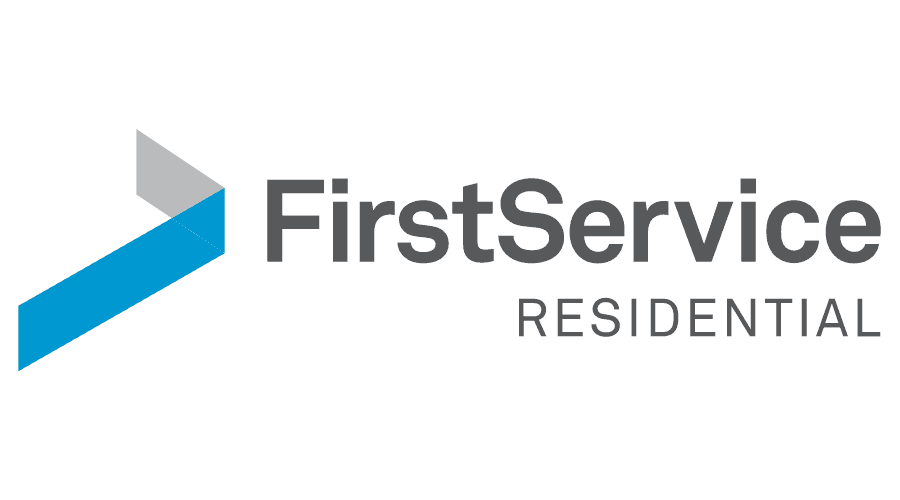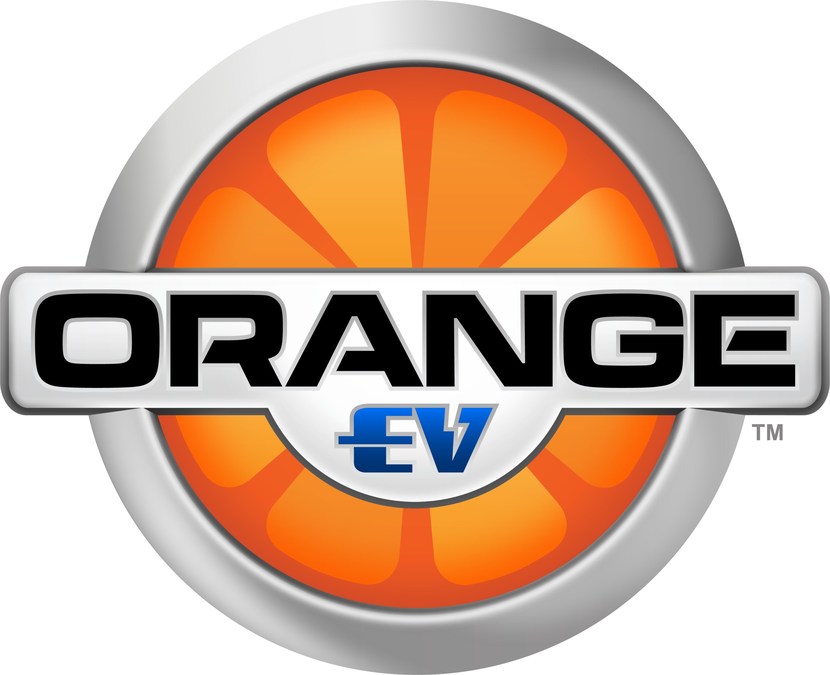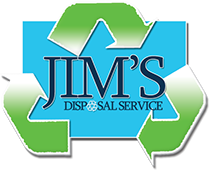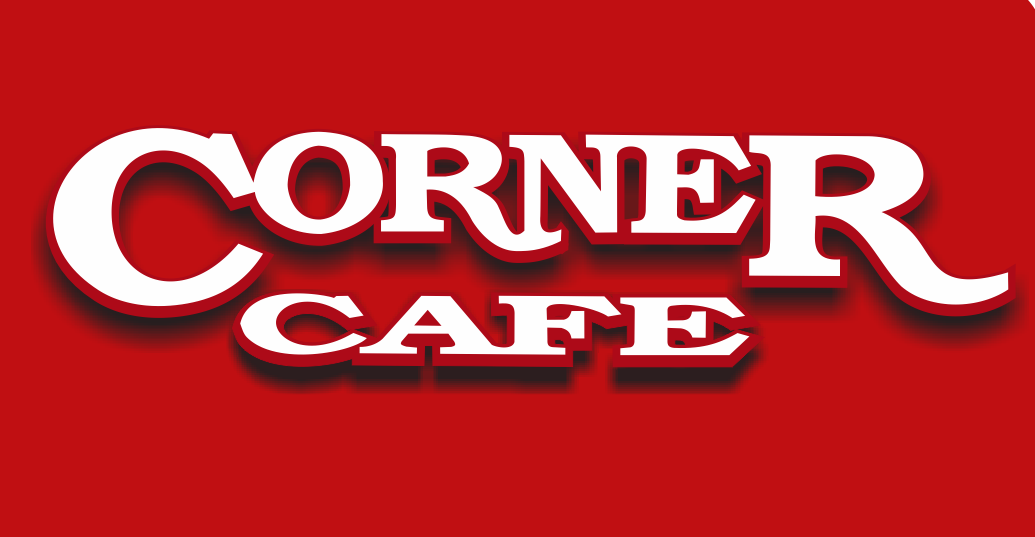
ADA SIGNS
Home » ADA Signs
The Americans with Disabilities Act requires businesses to have specific signs that help those with disabilities have the same opportunity to interact within your business facility as employees and visitors. ADA signs are required by law and have many benefits for your business as they ensure a safe, easy to navigate and accessible building.
Many misconceptions exist about the definition of an ADA compliant sign. Business owners or managers are challenged to ensure their signs follow the law without having a strong understanding of the federal requirements. That’s where we come in. At Happy Signs, we can help you determine if your signs are compliant and design effective custom ADA signs that make your building accessible to all.
AREN’T ADA SIGNS JUST BRAILLE SIGNS?
While Braille is an important part of ADA compliance, not all Braille signs will be ADA compliant. That’s because the ADA also requires signs to be a certain height from the ground, have good contrast and clear font to help with readability, and other features that make the signs more accessible. In a twist on compliance, some signs need to be ADA compliant, while others do not.
If you simply assume that a sign is ADA compliant or that a sign does not need to meet the federal law, you may end up on the wrong side of the regulations.
WHAT ARE THE PENALTIES FOR NON-COMPLIANT SIGNS?
The penalty for not having ADA signs depends on whether it is your first violation of the ADA. If it is your business’ first violation the maximum fine you could be hit with is $75,000. If you have a second or subsequent violation the maximum fine is $150,000. Each sign may be considered a different violation of the ADA.
The penalties a business experiences may not be strictly legal. Customers who have disabilities may think negatively of your business if they see that you are displaying non-compliant signs. Even more troubling, customers with disabilities may decide not to buy from your business or share negative reviews if they can’t get around your property easily.
CHOOSE COMPLIANT, CUSTOMIZED ADA SIGNS FROMHAPPY SIGNS
FAQ
- Room signs
- Bathroom signs
- Exits and entrances
- Emergency exit signs
- Elevator signs
- Wheelchair ramp signs
- Accessible parking
- Retail stores
- Offices
- Restaurants and cafes
- Healthcare centers
- Public spaces (such as parks)
- Transport facilities
- Metal
- Plastic
- Acrylic
- Vinyl
- Wood
- Size – Should be legible at average viewing distance.
- Characters – Letters and numbers should be between 5/8” and 2” in height.
- Contrast – The background and font should have at least 70% contrast.
- Braille – Signs must carry braille lettering.
- Reach – Signs should be installed at a pre-specified height on a static surface.



